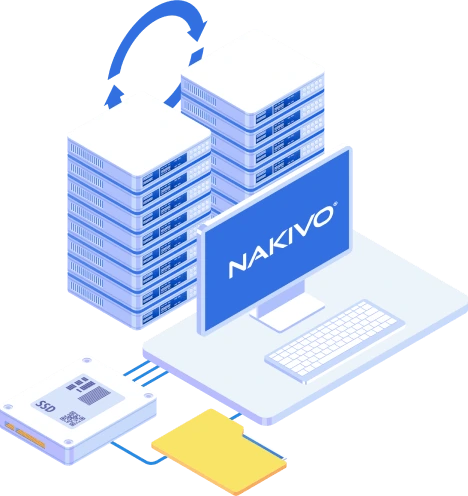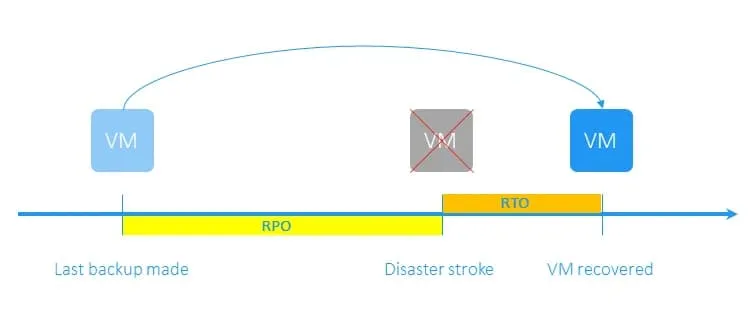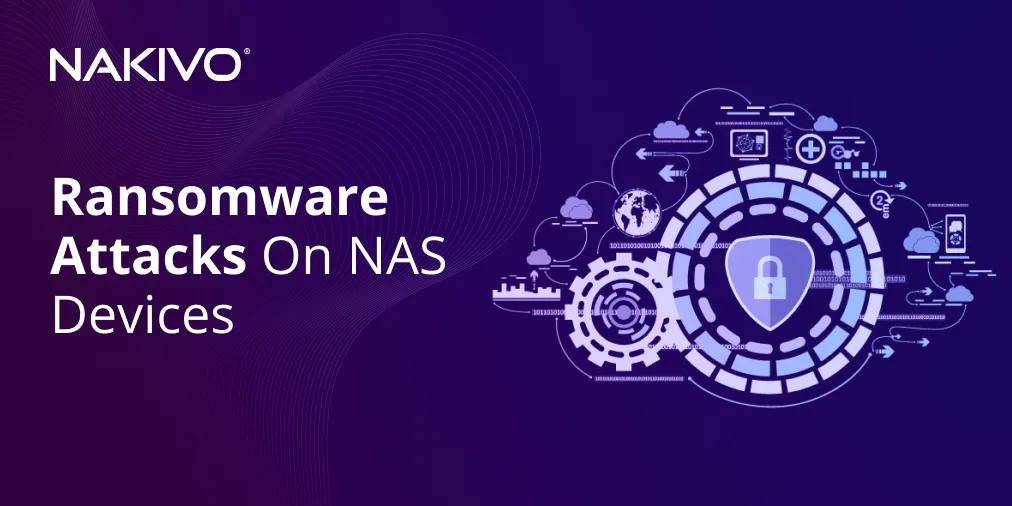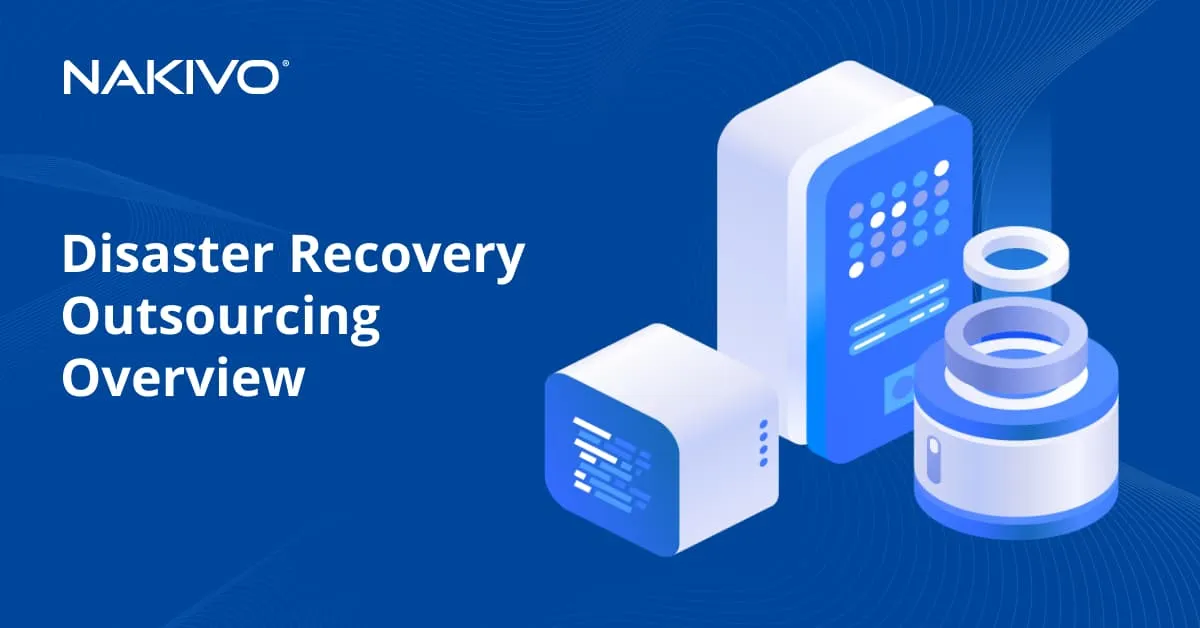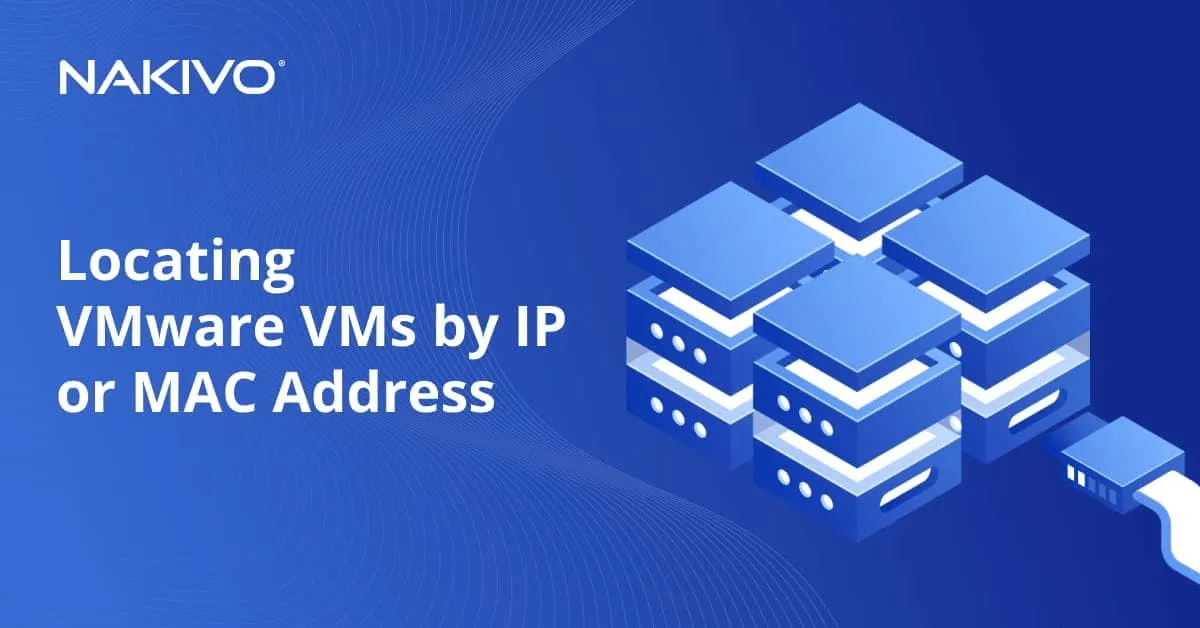Why You Need DRaaS and How to Choose it
It is undebatable that having a ready plan for disaster recovery (DR) and business continuity is indispensable for organizations of all sizes. Unplanned downtime can result in disrupted business operations, failure to meet service level agreements (SLAs), and huge financial losses. According to Gartner, 98% of companies estimate the cost of one hour of downtime at $100,000.
It’s not only natural events such as hurricanes and earthquakes that bring business operations to a devastating disruption. Ransomware attacks lead to almost inevitable business disruption without a DR plan. Therefore, the debate comes down to whether it’s better to build your own in-house self-managed DR sites or to outsource DR and subscribe to a cloud-hosted DR service (also known as DRaaS).
What Is Disaster Recovery as a Service (DRaaS)?
DRaaS providers offer data replication services to organizations. Data replication aims to make copies of the latest versions of your virtual machines (VMs) and business applications. They get replicated to a public or private cloud that is operated by the DRaaS provider. The effectiveness of the offered DR service is measured by the recovery time objective (RTO) and recovery point objective (RPO).
RTO represents the maximum time your organization can tolerate for disrupted VMs to be restored, while RPO represents the maximum acceptable data loss due to the gap between the last VM replica created and the time the disaster occurred. A typical efficient DR strategy works on minimizing both RTO and RPO metrics. Providing sufficient bandwidth for replication traffic, relying on automation rather than time-consuming manual tasks, and having a suitable mix of synchronous and asynchronous replication are primary aspects of minimizing RTO and RPO. Read more about synchronous and asynchronous data replication in this post.
Backup as a service (BaaS) is often confused for DRaaS. BaaS is different from DRaaS in that BaaS focuses on long data retention instead of RTO and RPO reduction. BaaS is mostly for reaching mandated compliance and archiving requirements. Unlike DRaaS, BaaS does not aim to back up the entire infrastructure.
DRaaS vs In-House DR Sites
By definition, self-managed in-house DR sites come with ultimate control. They might seem to be your company’s best choice. However, this ultimate control comes at a price, because your company has to:
- Build, maintain, and test the standby DC infrastructure
- Create DR plans, workflows, and strategies
- Hire DR experts whose specializations span setting up a DR site, storage management, network redirection, and rapid services provisioning
- Invest in a DR solution to automate workflows and speed up failover/failback
DRaaS overcomes all these drawbacks and makes DR viable for your company regardless of its size or IT budget. Moreover, the following challenges can prove difficult to overcome with self-managed in-house DR sites even with an extended budget:
- Achieving seamless infrastructure elasticity. Self-managed in-house infrastructure cannot grow seamlessly and rapidly in response to your company’s continuously expanding needs. With DRaaS, your company can expand the services it’s subscribed to in a matter of a few clicks.
- Shift to work-from-home due to the pandemic. Self-managed sites require in-house engineers to perform operations and periodic testing. With DRaaS, your company can embrace a work-from-home policy with no need for resident engineers.
DRaaS is very flexible, such that your company can have a hybrid DR strategy where self-managed in-house DR sites and cloud-hosted DR services can co-exist. Besides, hosted DR services can adopt one of the three operation models discussed in the next section.
Available DRaaS Operation Models
In general, DRaaS providers offer three main operation models. These three models are ordered from the least involvement required from your company to the most involvement as follows:
- Managed DRaaS. In this operation model, the DRaaS provider is responsible for DR strategy planning, operating, and testing. This model is the most expensive. However, it saves time, as there is no need to hire in-house DRaaS experts. The DRaaS provider commits to an SLA, and despite the cost, this model remains less expensive than building your own DR site.
- Assisted DRaaS. Here, the DRaaS provider offers the tools while your company is responsible for the DR strategy planning, operating, and testing. The DRaaS provider has experts available for assistance and consultations.
- Self-Service DRaaS. This model is the least expensive model. The service provider in this model provides the infrastructure, while the company is responsible for the DR activities. Your company is fully responsible for the DR strategy and its implementation and gets no assistance from the DRaaS provider.
How to Choose a DRaaS Provider
The following aspects should be taken into consideration when you decide which DRaaS provider is most suitable for your company:
- The operation model offered to suit your organizational capabilities, such as your company’s in-house IT expertise capacity.
- Ease-of-use and automation possibilities.
- Support for your organization’s deployed platforms. For example, if your company needs to protect an HP-UX platform, you should only consider DRaaS providers who support this platform.
- Support for backup and instant recovery, allowing the restoration of specific files/application objects and full VMs from backups.
- Can comply with your company’s security and regulatory needs.
- A service provider SLA that meets your company’s RTO and RPO.
- The provided DRaaS has the capability to verify data protection.
- The DRaaS provider offers features that ensure acceptable network performance both during normal operation and in the event of a disaster. Network performance enhancement features include bandwidth throttling, direct connection service, deduplication, and traffic compression.
- DRaaS provider operates a cloud with data centers that are in close proximity to your company’s primary sites.
- A pricing model that is flexible and can respond to your company’s evolving requirements. Per-device, per-user, and flat-fee are common MSP pricing models.
DR with NAKIVO Backup & Replication
NAKIVO Backup & Replication provides Site Recovery functionality that allows you to orchestrate and automate the entire DR process. The features include replication from backup onsite or to a remote site. Actions and conditions can be structured into an automated sequence that can be triggered with a single click when needed. Moreover, non-disruptive Site Recovery (SR) testing enables you to identify any flaws in your DR strategy and improve it without affecting your production environment.
The NAKIVO solution delivers protection for VMware, Hyper-V and Nutanix AHV VMs, AWS EC2 instances, Windows and Linux physical machines, Microsoft 365 and Oracle Databases.
The solution also provides all the features needed by managed services providers to deliver DRaaS to their clients, including multi-tenancy and secure and simple remote connectivity to tenant resources.
Conclusion
DRaaS reduces costs and minimizes the load on your IT department. While choosing a disaster recovery as a service, some of the most important decision factors are an acceptable SLA, a flexible pricing model, and network performance acceleration.

